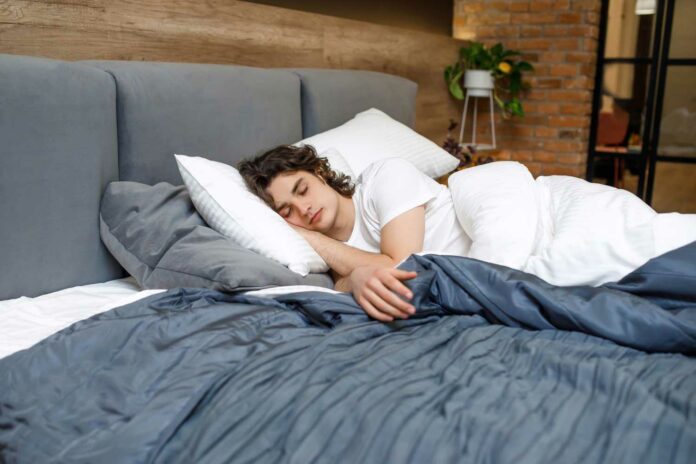A new study from the University of South Australia investigated the relationship between several characteristics of healthy sleep and the structure of activities during a 24-hour day. This study aimed to investigate how sleep, sedentary behavior, and physical activity interact throughout the day, in contrast to earlier research that frequently examined these aspects separately.
The study’s conclusions show a strong correlation between the daily schedule of activities and the quality of sleep, with physical activity having a significant influence. This suggests that how people plan their daily activities may significantly impact how well they sleep.
The study included 1360 adults (their parents, average age 44, mostly mothers) and 1168 children (average age 12) to explore several aspects of sleep and time use. According to the study, children and adults who engaged in more moderate-to-intense physical activity slept better and experienced fewer sleep disturbances.
UniSA researcher Dr Lisa Matricciani says understanding factors that affect sleep quality is vital for good health and well-being.
“Despite what we know about sleep, many people still struggle to achieve a good night’s sleep,” Dr Matricciani says.
“When people think about sleep quality, they tend to focus on adjustments immediately before bedtime – for example, avoiding screens, not overeating, and avoiding alcohol – but our research looks beyond this to the range of activities we undertake during the day.”
“What we found is that our daytime activities are tied to different aspects of our sleep, from sleep quality, sleep efficiency (how much of the time you spend in bed when you are asleep), and the overall amount of sleep we get, to levels of tiredness during the day, and when we choose to go to bed.”
“Sometimes, the activities we choose might directly displace sleep – think of kids playing video games late into the night – but other times, it’s how we spend our daytime hours.”
To investigate the relationship between various characteristics of sleep and time extensions and restrictions, scientists in this study developed a variety of simulations. Researchers discovered that adults and children who engaged in moderate-to-intense physical activity experienced reduced fatigue, better-quality sleep, and fewer sleep disturbances.
Dr. Matricciani said, “Interestingly, simply making more time for sleep predicted more restless sleep.”
“Everyone wants a good night’s sleep. If it’s simply a matter of being more active during the day, then it may be a relatively achievable goal for most of us.”
Journal Reference:
- Lisa Matricciani, Dorothea Dumuid et al. Time use and dimensions of healthy sleep: A cross-sectional study of Australian children and adults. Sleep Health. DOI: 10.1016/j.sleh.2023.10.012
